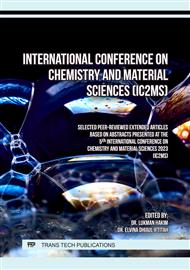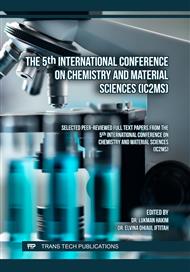p.3
p.13
p.23
p.33
p.45
p.55
p.61
Potential of the Consortium Bacteria as A Domestic Waste Water Bioremediation Agent
Abstract:
Along with the increasing population in Indonesia, there has been an increase in domestic waste production. It is necessary to treat wastewater before it goes to the environment to prevent pollution of the environment. This research was conducted to investigate the potential of isolates A, B, and L from the Biology Department Universitas Negeri Malang as a bacterial consortium in decomposing domestic waste with the aerobic system to remove Chemical Oxygen Demand using a batch system. Experimental trials were carried out using synthetic domestic waste with variations in bacterial formulation treatments and starter doses. The results show that a more stable COD reduction performance was obtained in the batch test process. Sequentially, the COD reduction data efficiency includes B 20% (88.65%), L 20% (84.2%), A 10% (80%), A 20% (79.92%), ABL 10% (72.3%), B 10% (25.67%), ABL 20% (-10.87%), with the greatest efficiency occurring in the L10% treatment at 89.76%. The genotype analysis shows that A, B, and L isolates were identified as Alcaligenes ammonioxydans
Info:
Periodical:
Pages:
55-60
Citation:
Online since:
July 2024
Keywords:
Price:
Сopyright:
© 2024 Trans Tech Publications Ltd. All Rights Reserved
Share:
Citation:



